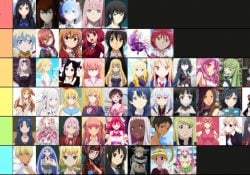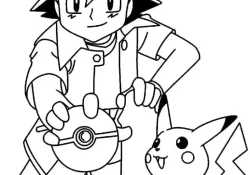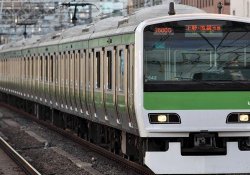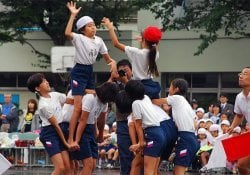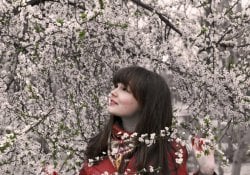The Kasaya or Kesa is a ceremonial garment worn by Buddhist monks as a symbol of renunciation of worldly pleasures and as a constant reminder of commitment to the monastic life.
The word Kasaya comes from the Sanskrit "Kashaya", which means "color" or "ink". The original color of the garment was brown, but nowadays it can be found in various colors, such as yellow, orange and red.
We also recommend reading:
- Kimono - All about traditional Japanese clothing
- Clothing in Japanese – Clothing and Accessories
- Buddhism in Japan - Japanese Religions
Índice de Conteúdo
Origin of Kasaya and Kesa
The origin of Kasaya goes back to the time of Gautama Buddha, when his disciples used old rags to cover themselves. However, as the number of followers increased, a more organized method of dressing the monks was needed.
It was then that the Buddha established the Kasaya as the standard garment for monks, which were to be made from discarded cloth and sewn by themselves.
The origin of the Kesa garment dates back to the early days of Buddhism, when itinerant monks wore clothes scavenged from landfills and crematoria. These garments were sewn together to form a single garment, which was worn as a symbol of their commitment to the monastic life.
Over time, this practice of using recycled clothing evolved into the making of ceremonial garments specifically for Buddhist monks and nuns. The Buddha himself is believed to have instructed his disciples to wear simple clothing made from discarded fabrics as a way of practicing modesty and renunciation.
The current form of the Japanese Kesa can be traced back to Tang China (618-907 AD), where the garment was known as “kasaya”. Japanese monks studying in China during this time brought the Kasaya tradition to Japan, where it evolved into the Kesa that is used today.
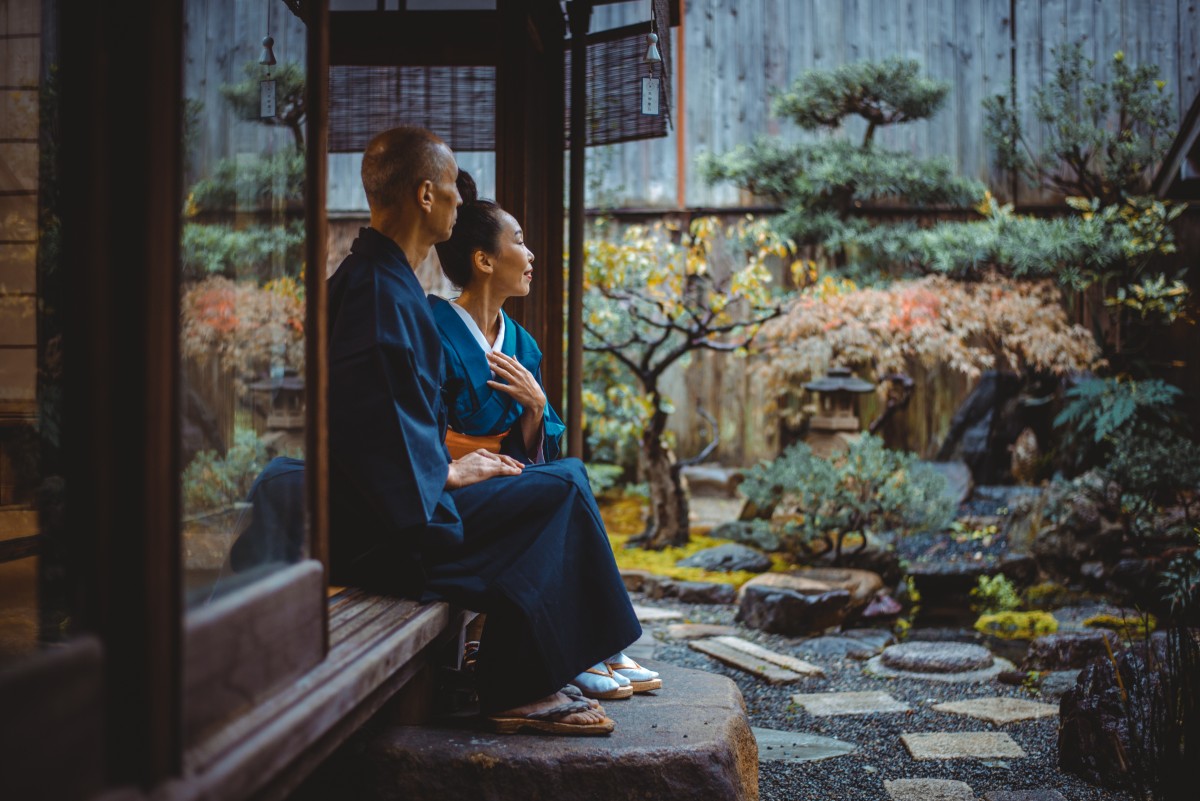
KESA - Japanese version of Kasaya
The Kasaya is a sacred garment worn by Buddhist monks, not just in Japan but throughout the Buddhist world. In the Japanese language, Kasaya is called “kesa” (袈裟).
The meaning of "kesa" in Japan is the same as in other Buddhist traditions, that is, it is a symbol of renunciation of worldly pleasures and commitment to monastic life. Furthermore, the “kesa” is also seen as a symbol of respect and reverence for the teachings of the Buddha.
In Japan, monks wear "kesa" on all ceremonial and ritual occasions, such as ordination ceremonies, meditation, and teachings. The color of the “kesa” can vary between different Buddhist temples and schools, but is usually red or brown.
In Japanese tradition, the making of “kesa” is an important practice, and many monks learn to sew and make their own “kesa”. The making process is considered a meditative practice, which helps to develop patience, concentration and manual dexterity.
Meaning of Kasaya and Kesa
The Kasaya is an important symbol for Buddhist monks as it represents their renunciation of worldly pleasures and commitment to the monastic life.
By wearing it, monks remind themselves and others that they have abandoned secular life and are in search of spiritual enlightenment. The color of the Kasaya also has symbolic meaning, with different colors representing different stages of spiritual development.
In Japanese Kesa, the first character, "Ke" (袈), can be translated as "coat" or "mantle", while the second character, "Sa" (裟), means "tunic" or "long dress".
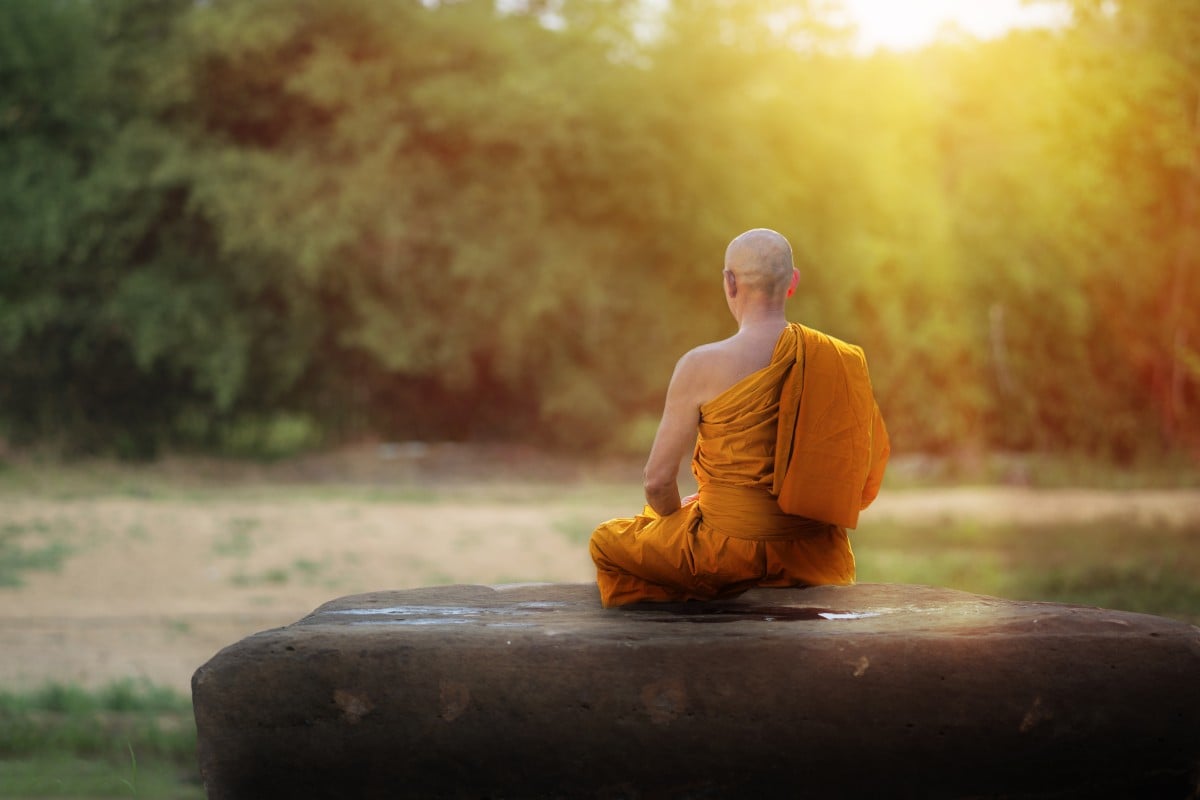
The article is still halfway through, but we recommend also reading:
The process of making Kasaya
The making of the Kesa is a meditative and ritualistic practice in itself, where the monk follows a sequence of precise, ceremonial steps as he sews the strips of fabric together. This practice is seen as a way to develop concentration, patience and manual dexterity, as well as an expression of respect for the Buddha and the Dharma teachings.
The Kasaya is made from discarded fabric and sewn by the monks themselves. The fabric is washed and cut into strips, which are then sewn together to form the garment. The Kasaya is a simple garment, without much adornment or detail, reflecting the simplicity and humility that are central values in monastic life.
Wearing the Kesa is a practice that reminds them of the importance of following the spiritual path and remaining committed to their monastic vows.
How to use Kasaya
The Kasaya is worn by Buddhist monks in all ceremonial and ritual occasions such as ordination ceremonies, meditation and teachings.
It is worn as an outer garment, covering the whole body except the head and hands. Monks usually carry the Kasaya draped over their right arm or shoulder, using it as a constant reminder of their monastic vows.

